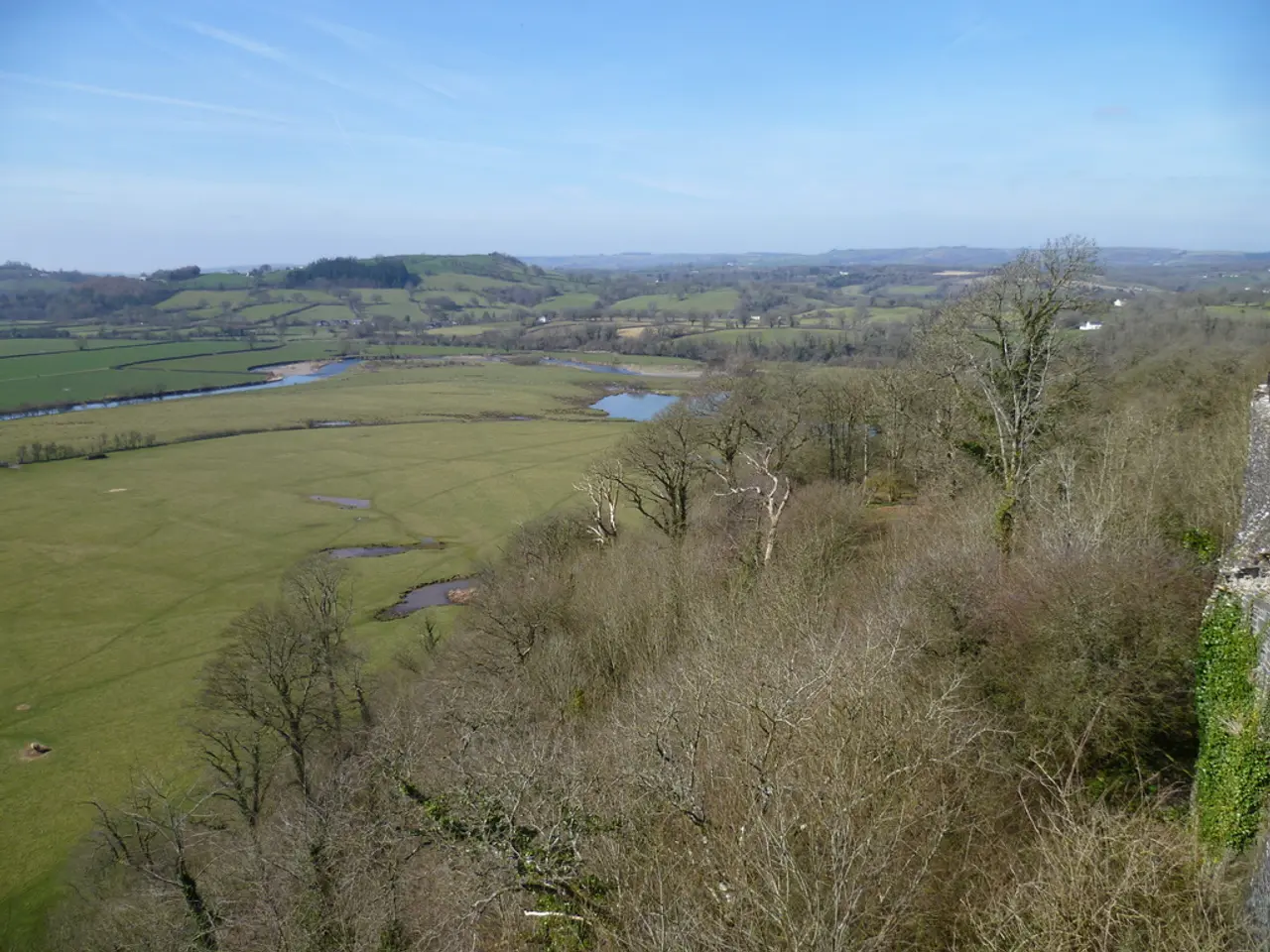Exploring the Mid-Atlantic Highlands and the Legislation Surrounding Their Protection: A Breakdown of the Highlands Conservation Act
Protecting the Mid-Atlantic Highlands: The Highlands Conservation Act
The Highlands Conservation Act, passed in 2004, is a significant piece of legislation that safeguards the drinking water sources of millions in the Mid-Atlantic and Northeast regions. This Act covers 3.4 million acres of forests and waterways, stretching through northwestern Connecticut, New York, New Jersey, and Pennsylvania, and supplies potable water to major metropolitan areas.
One of the key regions protected by the Act is the New Jersey Highlands, which produces up to 373 million gallons of potable water daily, supporting over 6.2 million people, many of whom live outside the Highlands itself. Over 70% of New Jersey residents rely partially or fully on Highlands water, highlighting the importance of protecting this region to maintain water quality and availability, especially in vulnerable communities.
The Act established a grant program, allocating $10 million annually in matching funds for conservation projects that protect this vital water and forest resource. The legislation was based on extensive studies focusing on maintaining adequate water supply, preserving contiguous forests, and balancing future growth, reflecting a proactive approach to water source protection at a regional scale.
The Highlands reauthorization bill seeks to update the areas considered most important to protect with the best available science, and to double the yearly funding to the program from $10 million to $20 million. The Highlands Coalition, for which the Appalachian Mountain Club (AMC) serves as fiscal agent and helps lead, advocates for full federal funding of the Highlands Conservation Act.
The Mid-Atlantic Highlands are more than just a source of clean water. They are notable for their rolling hills, steeper rocky outcrops, rich agricultural valleys, natural lakes and reservoirs, and forests. This region is home to a variety of wildlife, including the bobcat, Indiana bat, bog turtle, brook trout, warblers, dwarf wedgemussel, and orchids like the ladyslipper and the wild Columbine. Today, the Mid-Atlantic Highlands are more oriented towards outdoor recreation and providing habitat and clean drinking water to downstream communities.
The legislation will allow the four states to adjust the boundary of the region based on the best available science, and will seek to expand opportunities for other government agencies to be involved in Highlands open space projects. The Mid-Atlantic Highlands contain drinking water sources for most Northeast and Mid-Atlantic cities, making them both threatened and cherished.
Join AMC's Conservation Action Network to be alerted when your voice can make a difference in supporting the Highlands Conservation Act reauthorization bill. The Highlands Coalition, which AMC helps lead, has mounted a campaign to ensure passage of the Highlands Conservation Act reauthorization bill before the end of 2021. A hike up to New York's Breakneck Ridge offers unparalleled views of the Hudson River, a testament to the beauty of the Mid-Atlantic Highlands that millions of people visit and love every year. The Highlands Conservation Act is focused on bringing climate change science more front and center in its updates, ensuring the protection of this vital resource for generations to come.
References:
- Highlands Conservation Act
- New Jersey Highlands Council
- Appalachian Mountain Club
- The Highlands Coalition
- New Jersey Highlands Water Supply
- The Highlands Conservation Act, with its emphasis on environmental science, aims to update the protected regions based on the best available science to ensure continued clean water supply.
- The Highlands reauthorization bill, supported by the Highlands Coalition, which includes the Appalachian Mountain Club, seeks to double the funding for the grant program to $20 million annually, with a focus on climate-change science.
- Outdoor living is becoming increasingly popular in the Mid-Atlantic Highlands, as the region offers opportunities for sports and recreation, such as hiking New York's Breakneck Ridge, while maintaining its role as a vital home-and-garden water source for surrounding cities.
- The Mid-Atlantic Highlands, with its diverse wildlife and ecosystems, serves as an important habitat for species like the bobcat, brook trout, and orchids, and highlights the importance of environmental-science-driven conservation efforts.







